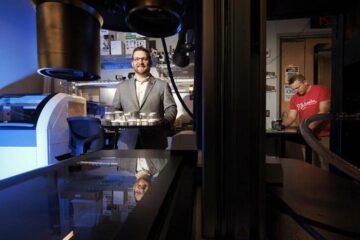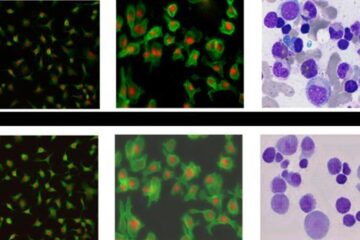Planning For Disaster: M.I.T. Simulates a Major Supply Chain Disruption

How would an outbreak of avian flu affect business worldwide? Let’s find out. MIT will be staging a real-time simulation of an avian flu outbreak to show how global supply chains are severely disrupted by such emergencies.
Developed by the MIT Center for Transportation & Logistics, the simulation will involve a hypothetical outbreak of avian flu that shuts down a fictional manufacturing facility. A panel of executives will respond in real time to the unfolding emergency. “In this interconnected world where supply chains span the globe, companies must examine what actions they will need to take to protect employees, customers and the operational integrity of the enterprise in the event of a global emergency,” said CTL Director Yossi Sheffi.
WHAT: “Planning for Disaster: M.I.T. Simulates a Major Supply Chain Disruption,” a real-time simulation of an avian flu outbreak’s effect on global supply chains
AGENDA: http://ctl.mit.edu/index.pl?id=5017
WHEN: Tuesday, April 11, 2006. Simulation, 8:30 a.m. to 12:15 p.m., lecture and discussion 1:15-5:00 p.m.
WHERE: Cambridge Marriott Hotel, 2 Cambridge Center, Cambridge, MA
PLEASE RSVP TO: Heather Manning, MIT News Office, 617.253.1682 or hmanning@mit.edu
Media Contact
More Information:
http://www.mit.eduAll latest news from the category: Health and Medicine
This subject area encompasses research and studies in the field of human medicine.
Among the wide-ranging list of topics covered here are anesthesiology, anatomy, surgery, human genetics, hygiene and environmental medicine, internal medicine, neurology, pharmacology, physiology, urology and dental medicine.
Newest articles

Bringing bio-inspired robots to life
Nebraska researcher Eric Markvicka gets NSF CAREER Award to pursue manufacture of novel materials for soft robotics and stretchable electronics. Engineers are increasingly eager to develop robots that mimic the…

Bella moths use poison to attract mates
Scientists are closer to finding out how. Pyrrolizidine alkaloids are as bitter and toxic as they are hard to pronounce. They’re produced by several different types of plants and are…

AI tool creates ‘synthetic’ images of cells
…for enhanced microscopy analysis. Observing individual cells through microscopes can reveal a range of important cell biological phenomena that frequently play a role in human diseases, but the process of…





















